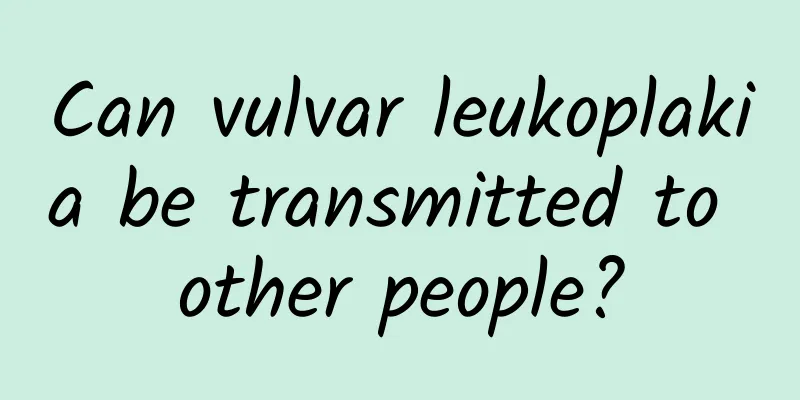What are the treatments for pelvic peritonitis?
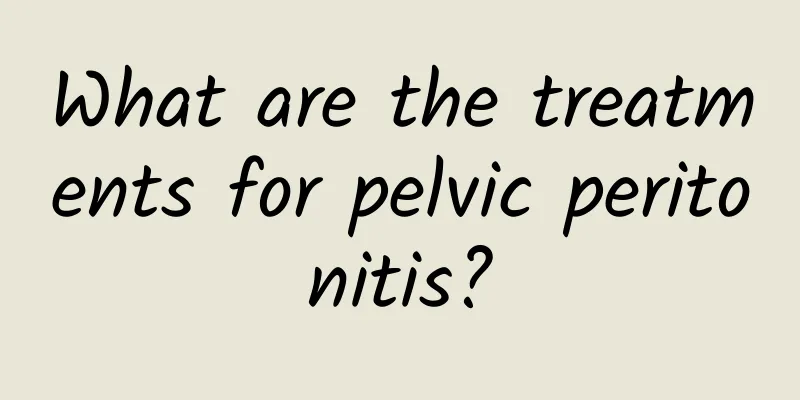
|
The principle of treatment for pelvic peritonitis is to actively eliminate the cause of the disease, and at the same time thoroughly clean and absorb the pus and exudate in the abdominal cavity. Finding the cause of the disease can find the appropriate treatment method, so it is an eternal truth to prescribe the right medicine for the right disease. From a medical perspective, the treatment of acute pelvic peritonitis can be divided into the following two types. 1. Non-surgical treatment methods ① Body position: When there is no shock, the patient should take a semi-recumbent position, move the lower limbs frequently, and change the pressure points to prevent venous thrombosis and bedsores. ②Fasting: Patients with gastrointestinal perforation must absolutely fast to reduce continued leakage of gastrointestinal contents. ③ Gastrointestinal decompression: It can reduce gastrointestinal distension and improve gastrointestinal wall blood circulation. It is an indispensable treatment for patients with pelvic peritonitis. ④ Intravenous infusion: Patients with pelvic peritonitis who are fasting must receive infusion to correct water electrolyte and acid-base imbalance. ⑤Supplement calories and nutrition: Acute pelvic peritonitis requires a large amount of calories and nutrition to supplement its needs. ⑥Application of antibiotics: A large amount of broad-spectrum antibiotics should be used in the early stage, and then adjusted according to the results of bacterial culture. Intravenous drip is the best route of administration. ⑦ Analgesia: For patients whose diagnosis has been clear and treatment methods have been decided, it is necessary to appropriately use sedatives and analgesics to relieve the patient's pain. (II) Surgical treatment ① Lesion treatment: Eliminating the cause of pelvic peritonitis is the main purpose of surgical treatment. ② Clean the abdominal cavity: After eliminating the cause of the disease, the pus in the abdominal cavity should be sucked out as much as possible, and the food and residue, feces, foreign objects, etc. in the abdominal cavity should be removed. ③Drainage: so that the remaining inflammation can be controlled, limited and disappear. The above two methods are the treatment of pelvic peritonitis. I hope that the editor's introduction can give you some help. I hope that patients with pelvic peritonitis can choose the treatment method that suits them according to their own condition and the doctor's treatment to relieve the pain of the disease. I also hope that the majority of friends can take care of their bodies and do a good job in the treatment and maintenance of pelvic peritonitis. |
<<: Treatment of pelvic peritonitis
>>: Principles of treatment of pelvic peritonitis
Recommend
Does adenomyosis cause back pain?
Will I have back pain if I have adenomyosis? 1. W...
Dietary fiber is environmentally friendly in the body! Pears are high in fiber
In winter, we drink less water, do not like to ex...
What causes cervical contact bleeding?
There are many reasons for cervical contact bleed...
Abnormal leucorrhea may be caused by uterine fibroids
Although uterine fibroids are a benign tumor, man...
After a heavy meal during the Chinese New Year, it is a good time to replenish your fiber intake with fruits and vegetables
During the New Year holidays and long holidays, w...
Experts answer the symptoms of chronic adnexitis
Chronic adnexitis usually develops from acute inf...
Introduction to clinically beneficial treatments for cervicitis
In real life, there are many factors that are not...
Can ovarian cysts affect their life expectancy?
Will ovarian cysts affect life expectancy? Accord...
What should I do if I have irregular menstruation after cesarean section?
What should I do if I have irregular menstruation...
What kind of surgery is micro-tube painless abortion?
There are many abortion surgeries in clinical pra...
What are the traditional Chinese medicine treatments for uterine fibroids?
Uterine fibroids are the most common benign tumor...
Eat three meals regularly to save money and lose fat
Mr. Lin, a truck driver in his 50s, often has to ...
How to regulate dysmenorrhea? What are the methods to regulate dysmenorrhea?
How to regulate dysmenorrhea? What are the method...
Adnexitis may be caused by poor personal hygiene
Adnexitis may be caused by personal hygiene. Some...
Causes and analysis of pelvic effusion
Pelvic effusion is a common symptom of pelvic inf...
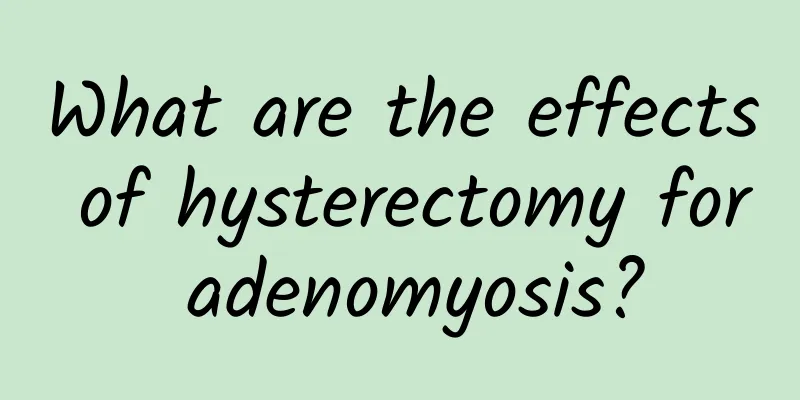
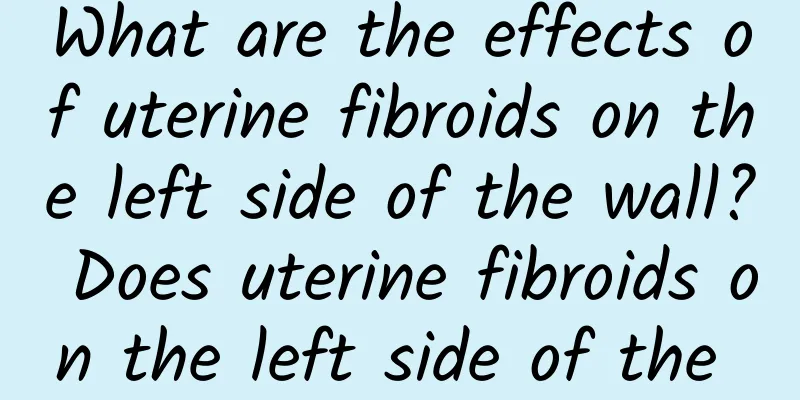
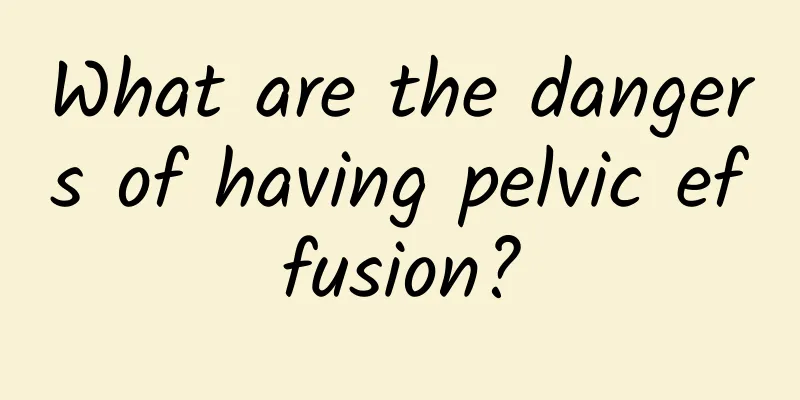
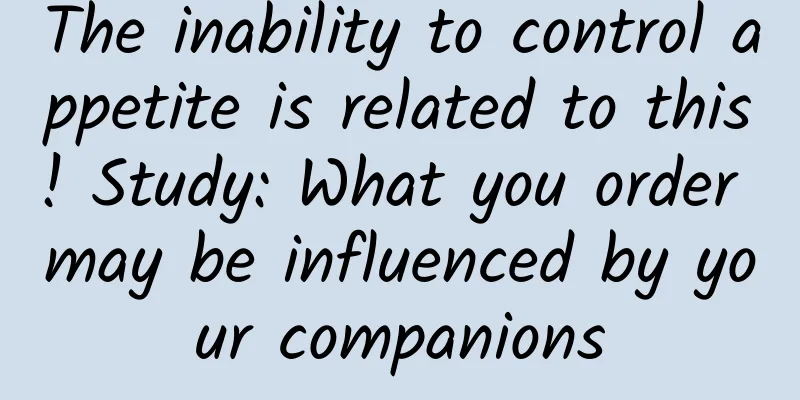
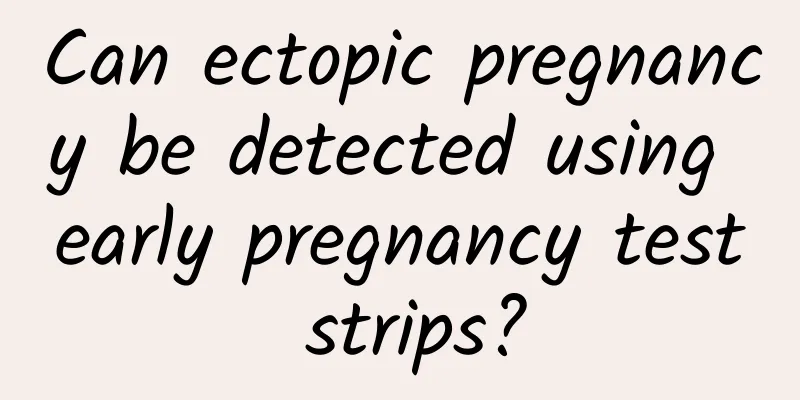

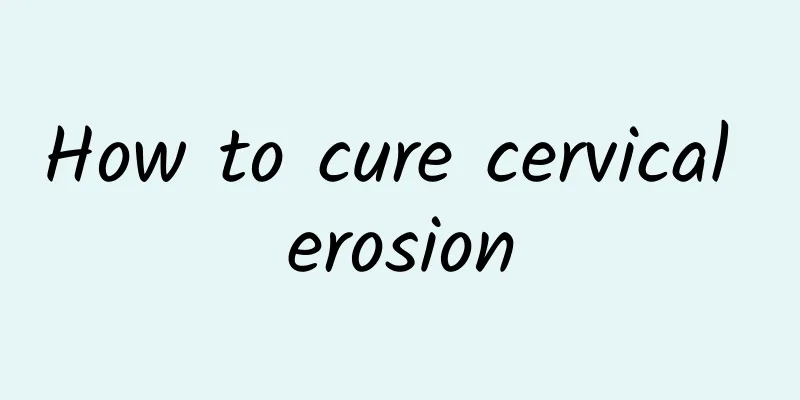

![[Video version] Give your liver a refreshing boost! 2 essential fat-reducing teas to eliminate fatty liver](/upload/images/67dcf92f12be7.webp)
